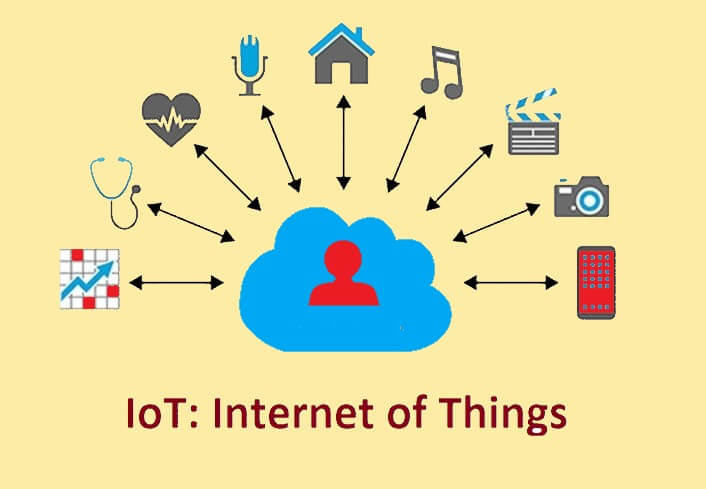What is the full form of IoTIoT: Internet of ThingsIoT stands for Internet of Things. It refers to the connectivity of various objects of physical nature and their network such as vehicles, buildings, electronic devices, etc., connected with each other. These appliances are manufactured with factory set software, attached sensors, and other technologies in order to exchange and connect data to other devices. The internet network allows them to interact, collect and exchange data. The connected objects or devices range from regular ordinary households to complicated industrial tools. 
The convergence of various technologies has led to the evolution of these things. The enhancement of real-time analytics, commodity sensors, machine learning and embedded system have developed a pathway for the evolution of the Internet of Things. It is the smart home devices and appliances which are nowadays the products which are similar to the Internet of Things technology, especially in the consumer market. These appliances include thermostats, cameras, lighting fixtures, home security systems, etc. They can be controlled via devices from distance and support more than one ecosystem. Nowadays, the Internet of Things technology is also widely used in healthcare systems. Importance of the Internet of ThingsIn the 21st century, the Internet of Things technology has gained its status as one of the most used and important technologies. Nowadays, it has made it possible to connect our everyday objects to the internet connective devices, such as kitchen appliances, cars, thermostats, and baby monitors. This helps in seamless communication between people, methodologies and objects. In this super active and hypo-connected World, digital systems can record, monitor and adjust, the use, and interaction between the IoT-connected objects. Thus, there is cooperation established between the physical world and the digital world. What Technologies Have made IoT Possible?
Industrial Internet of Things TechnologyAs the words suggest, it simply means the use of technology for industrial purposes. This is done especially regarding the instrumentation and control of sensors and devices able to engage with cloud technologies. Nowadays, to achieve wireless automation and control, industries are using machine-to-machine communication (M2M) technology. The following are some common uses for IoT:
Nowadays, IoT is used more widely in the market. There is huge capitalization by the companies. Companies capitalize on the tremendous business value they can offer. These benefits include:
How IoT applications are deployed:The most popular applications and what functions they perform are as follows:
What Industries Can Benefit From IoT?Those organizations which would benefit from using sensor devices in their business processes or are best suited for IoT are listed below:
Next TopicFull Form
|
 For Videos Join Our Youtube Channel: Join Now
For Videos Join Our Youtube Channel: Join Now
Feedback
- Send your Feedback to [email protected]
Help Others, Please Share










